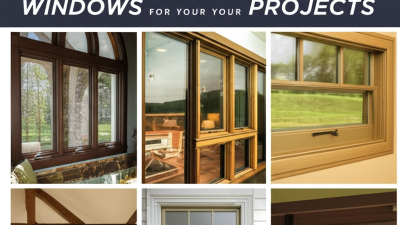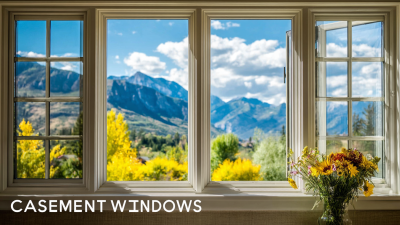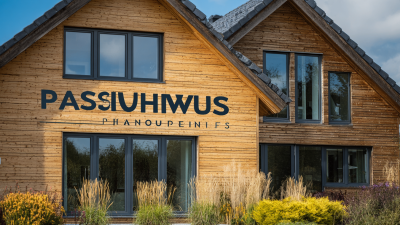In today's world, where energy efficiency is paramount, understanding the role of external windows can significantly impact both the environment and our wallets. As a primary interface between the indoor and outdoor environments, external windows contribute to a building's overall energy performance. They can serve as natural light sources, reduce reliance on artificial lighting, and help regulate indoor temperatures, thereby lessening the need for heating and cooling systems. In this guide, we will explore the key benefits of enhancing energy efficiency through external windows, supported by relevant industry statistics. We will also discuss practical strategies and innovative technologies that can optimize window performance, making them a crucial element in any energy-efficient building design. Emphasizing smart choices in external windows not only promotes sustainability but also leads to long-term savings for homeowners and businesses alike.

Energy efficiency in windows is a critical factor in optimizing the overall performance of buildings. High-performance windows are designed to minimize heat loss in winter and reduce heat gain during summer, significantly lowering energy costs. Key elements such as double-glazing and low-emissivity (Low-E) coatings enhance insulation, allowing natural light to enter while blocking harmful UV rays. By incorporating these technologies, windows can help maintain comfortable indoor temperatures, reducing the reliance on heating and cooling systems.
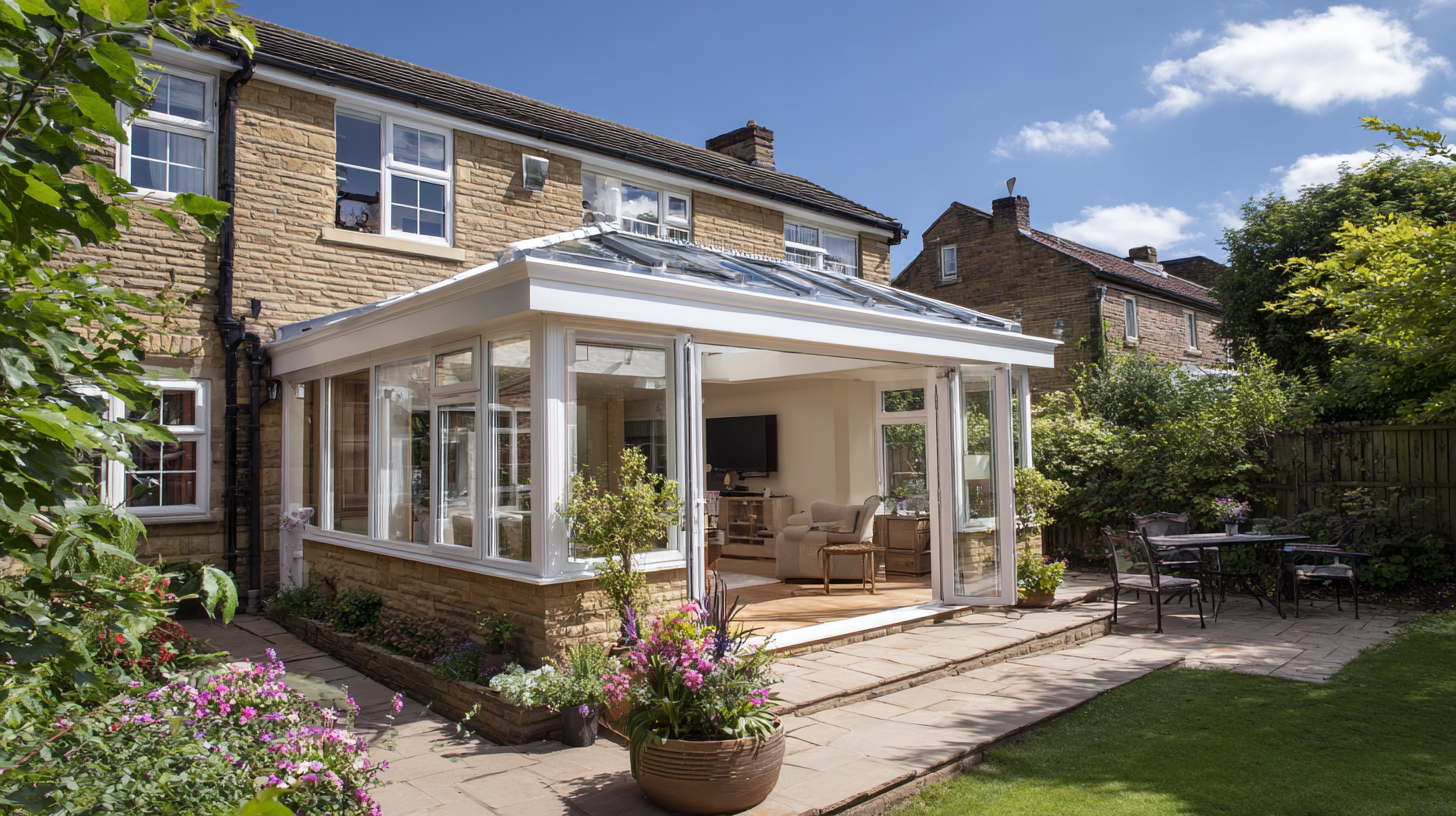
In addition to their direct energy-saving benefits, efficient windows contribute to environmental sustainability by lowering overall carbon footprints. According to industry statistics, replacing single-pane windows with energy-efficient alternatives can reduce energy consumption by up to 30%. Furthermore, buildings with high-efficiency windows often achieve better market value and may qualify for tax incentives or rebates. The shift towards energy-efficient window solutions is crucial not only for individual homeowners but also for broader efforts to address climate change and promote sustainable building practices.
When aiming to enhance energy efficiency through external windows, the choice of materials plays a crucial role. The windows act as a barrier between indoor and outdoor environments, and the right materials can dramatically reduce energy loss. For instance, energy-efficient windows made from double or triple glazing, filled with inert gases like argon, can significantly lower heat transfer, keeping homes warmer in winter and cooler in summer.
**Tips for Choosing Window Materials:**
1. Look for materials with a low U-value, which indicates better thermal insulation. Vinyl, fiberglass, and wood-clad windows are excellent options to consider.
2. Consider the solar heat gain coefficient (SHGC) of the window, which measures how much sunlight is allowed to enter. If you live in a warm climate, opt for low SHGC materials to minimize cooling costs.
3. Always check for ENERGY STAR ratings to ensure that the windows meet strict energy efficiency guidelines and provide long-term savings.
Investing in the right window materials will not only improve your home’s energy efficiency but also contribute to a more comfortable living environment. It’s worth researching these benefits and considering how they align with your needs.
This chart illustrates the energy efficiency ratings (U-values) for various types of window materials. Lower U-values indicate better insulation and energy efficiency. As the chart shows, triple glazed and vacuum insulated windows outperform single and double glazed options significantly, which can lead to substantial energy savings in residential and commercial buildings.
When it comes to enhancing energy efficiency, the choice of windows plays a crucial role. Top technologies for energy-efficient windows include advanced glazing options, which help minimize heat transfer. Low-emissivity (Low-E) coatings are a prime example, as they reflect infrared light while allowing visible light to enter, thus keeping interiors comfortable without sacrificing natural light. Additionally, double or triple glazing adds layers of insulation, significantly reducing energy loss and optimizing heating and cooling systems.
Another innovative technology is the use of gas fills, such as argon or krypton, between glass panes. These gases have lower thermal conductivity than air, improving overall insulation. Furthermore, frame materials such as fiberglass and vinyl offer better performance than traditional wood or aluminum, as they provide enhanced thermal resistance. Smart window systems, equipped with adjustable tinting and sensor technologies, also contribute to energy efficiency by adapting to changing sunlight levels, ultimately reducing reliance on artificial lighting and HVAC systems. These advancements make external windows a vital component in the quest for sustainable energy use in buildings.
Upgrading external windows can significantly affect energy consumption and costs in buildings. As highlighted by various studies, a thorough cost-benefit analysis demonstrates that window upgrades not only enhance energy efficiency but also lead to substantial savings on energy bills. The deployment of advanced window technologies correlates directly with reduced heating and cooling demands, ultimately alleviating financial burdens on consumers.
Moreover, integrating metrics for evaluating energy efficiency improvements fosters a clearer understanding of their benefits. Recent research employing a comprehensive set of quantitative indicators reveals how measurable factors like reduced energy consumption and improved thermal comfort can be quantified. These indicators help stakeholders in the building industry make informed decisions when prioritizing upgrades, aligning with broader fiscal policies aimed at combating the energy crisis. Adopting such upgrades is not only an investment in sustainability but also a strategic move toward reducing operating costs and enhancing overall building performance.
| Window Type | Average Energy Savings (%) | Payback Period (Years) | CO2 Reduction (lbs/year) | Estimated Cost of Upgrade ($) |
|---|---|---|---|---|
| Double Glazed | 25 | 7 | 500 | 600 |
| Low-E Coated | 30 | 5 | 650 | 800 |
| Triple Glazed | 40 | 8 | 800 | 1200 |
| Gas Filled | 35 | 6 | 700 | 850 |
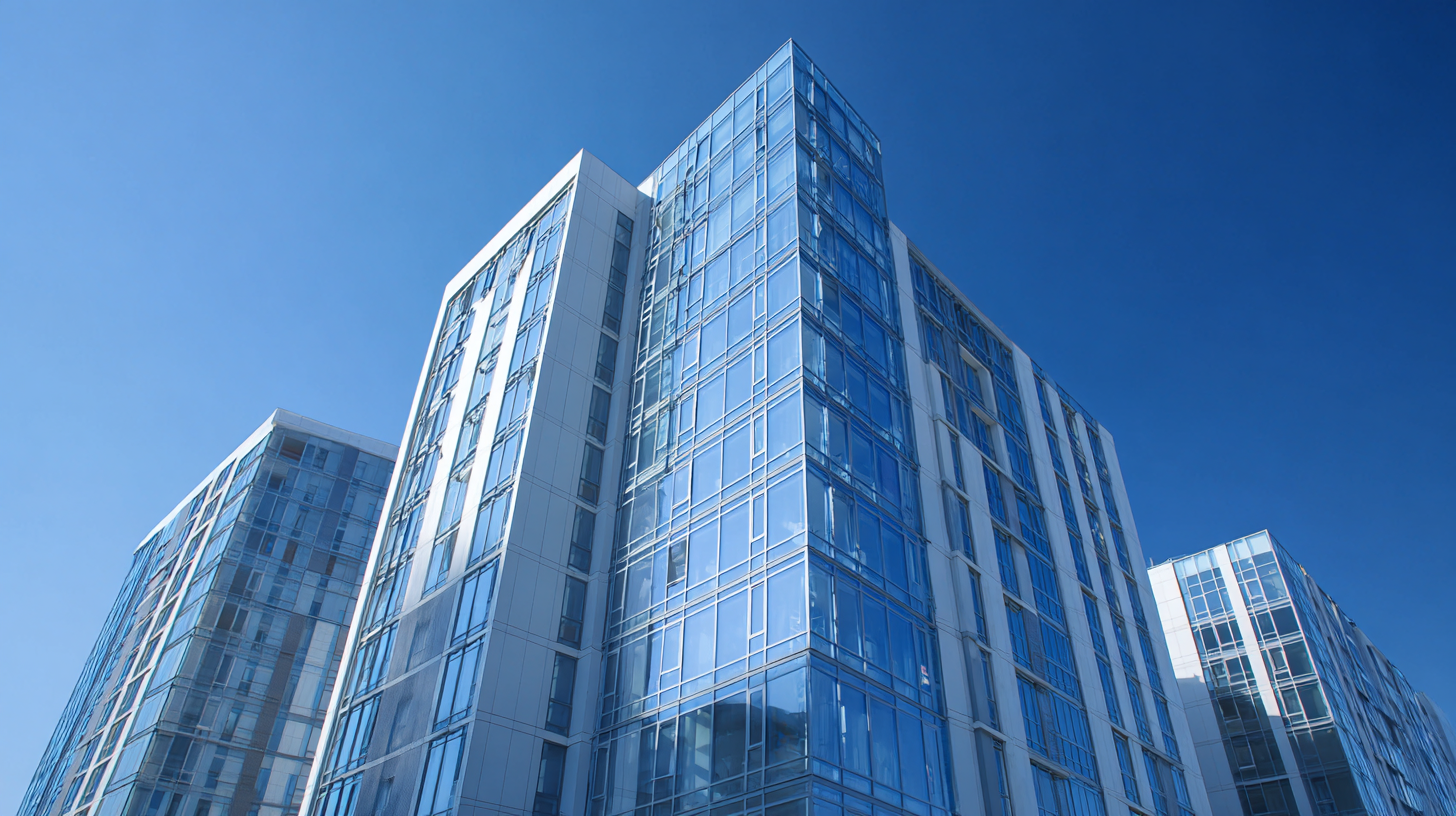 The energy-efficient windows market is poised for significant growth, projected to reach an impressive USD 18.3 billion by 2026. This surge highlights a growing trend among manufacturers to prioritize sustainable building practices and invest in innovative window technologies that enhance energy efficiency. The commercial energy-efficient windows market is expected to expand from USD 4.0 billion in 2025 to approximately USD 9.5 billion by 2035, driven by increasing demand for energy-conscious construction solutions and stringent regulatory frameworks aimed at reducing carbon footprints.
The energy-efficient windows market is poised for significant growth, projected to reach an impressive USD 18.3 billion by 2026. This surge highlights a growing trend among manufacturers to prioritize sustainable building practices and invest in innovative window technologies that enhance energy efficiency. The commercial energy-efficient windows market is expected to expand from USD 4.0 billion in 2025 to approximately USD 9.5 billion by 2035, driven by increasing demand for energy-conscious construction solutions and stringent regulatory frameworks aimed at reducing carbon footprints.
Current trends underscore the integration of Industry 4.0 digital technologies within the renewable energy sector, which plays a pivotal role in boosting efficiency and sustainability. As manufacturers adapt to these technological advancements, the potential for improved energy performance becomes increasingly apparent. Reports indicate that leveraging these technologies not only enhances market competitiveness but also addresses the ongoing skills gap within the industry. With continuous innovation and a focus on energy transition strategies, businesses are well-positioned to thrive in the evolving landscape of energy-efficient construction solutions.
